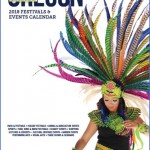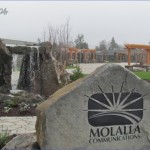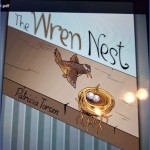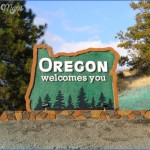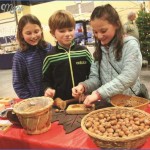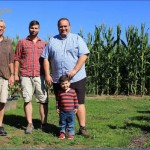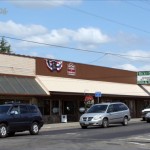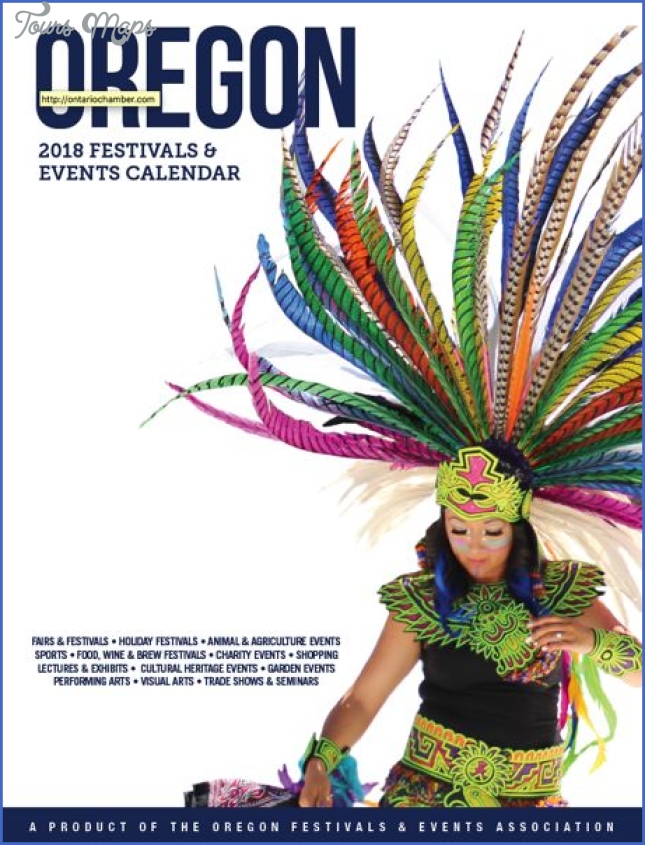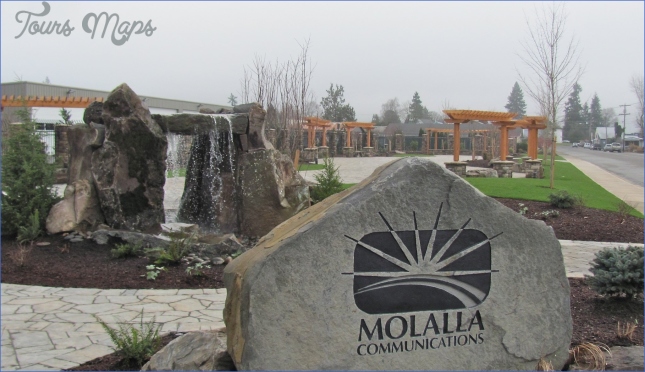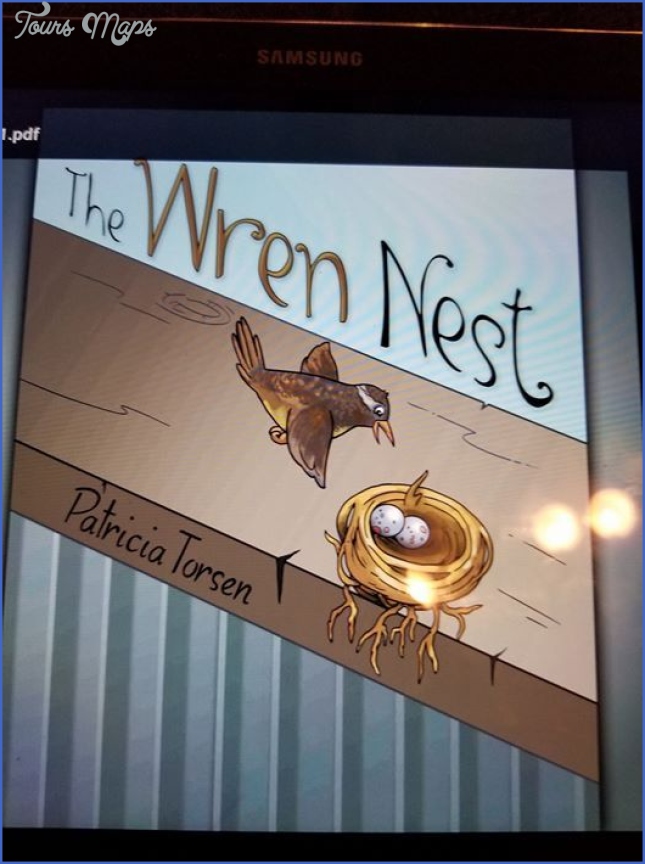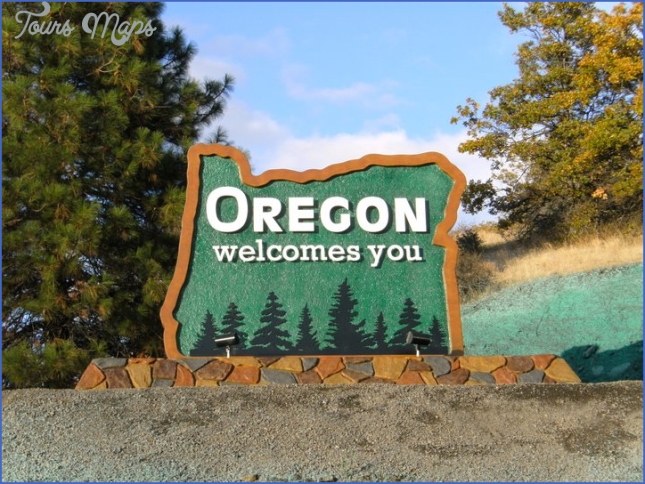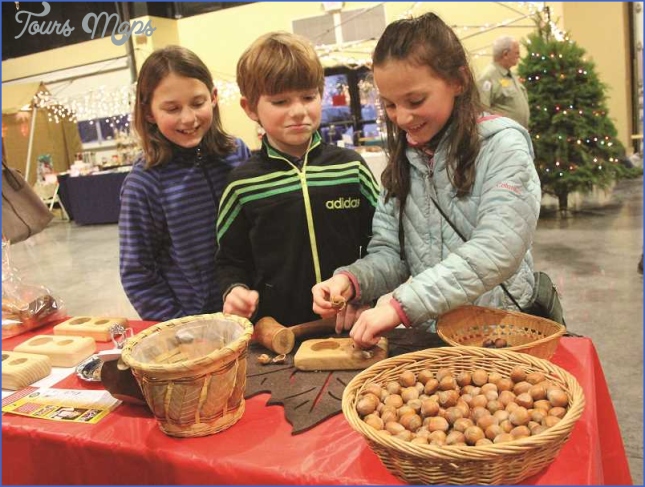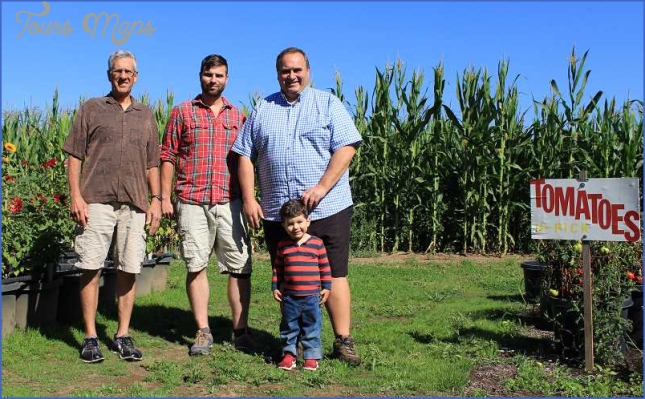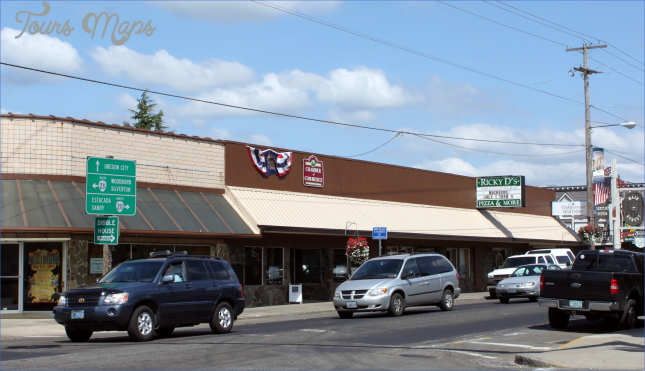Molalla
Dibble House Museum Complex,
620 S Molalla Avenue Second Saturday in September www.dibblehouse.org
Molalla Apple Festival – Top USA Festivals Photo Gallery
Look carefully almost anywhere in Oregon and you might spy apple trees nearly as old as the state itself. In fact at least two still-living apple trees predate Oregon’s statehood: the Haines Apple Tree in Merlin was planted in the early 1850s, and the Dorsch Yellow Bellflower Apple Tree in Portland was planted in 1850. Both are now historical treasures. In fact, Oregon was home to the first grafted-fruit-tree nursery on the West Coast, the Luelling and Meek Nursery in Milwaukie. In 1847, Henderson Luelling successfully navigated the Oregon Trail from Iowa, bringing with him not only a large family but also more than 500 young plants and trees. Settling in what is now Milwaukie, Luelling was joined a year later by his neighbor from back in Iowa, William Meek, who brought another twenty varieties of grafted trees. Their nursery thrived and Oregon’s fruit tree industry was born.
Fruit trees quickly spread throughout the Willamette Valley and beyond, with apples proving especially successful, and in the mid-1850s—again, even before statehood—apple trees that survive to this day were planted on land in what is now Molalla, then owned by pioneer woman Rachel Larkin. Horace and Julia Dibble bought the parcel of land and built a house that has survived to become the headquarters for the Molalla Area Historical Society (the house was finished in 1859 and is now on the National Register of Historic Places). Those surviving apple trees are Waxen and Rhode Island Greening varieties.
Fittingly the historical society launched the Molalla Apple Festival in 1975 not only to celebrate apples in all their culinary delight but also as an educational event focusing on the settlement-era lifestyle of the 1800s. The Molalla Apple Festival features a homemade apple pie contest—pies must arrive by 11 am, as the contest begins at noon; all entrants receive a special thank-you gift. Attendees also enjoy the chance to try a variety of other baked goods, along with fresh-pressed cider; in colonial and pioneer days, cider was one of the chief apple products. The festival also features vendors selling many different products. The lineup changes from year to year, but offerings typically include clothing, crafts, antiques, and more, and the museum store is open, offering my blogs, gifts, and costumes. Throughout the day, regional musicians provide live entertainment.
The Dibble House Museum Complex features a variety of living history demonstrations and displays throughout the festival, with participants dressed in period clothing. Pioneer-era homemaker crafts, such as spinning, weaving, butter making, knitting, tatting, and bobbin lace making are shown throughout the day. Outdoors, demonstrations of cider making, panning for gold, and flint-knapping are presented.
There is no admission charge to the Molalla Apple Festival, which is a terrific event for kids as well as adults, but donations to support the museum are welcome and tax deductible. The festival runs from 10 am to 4 pm.
Maybe You Like Them Too
- Portland Horror Film Festival – Best USA Festivals
- Gresham Arts Festival – Best USA Festivals
- Carlton Crush Harvest Festival – Top USA Festivals
- Northwest Cherry Festival – USA Festivals
- Juniper Jam Enterprise – USA Festivals

